Some training tips are better left in the past—way in the past.
You think you’re helping your dog become calm, well-mannered, a joy to walk through the park.
But one wrong move, one “old-school” method, and you’ve just opened the door to anxiety, fear, or full-blown chaos.
That leash pop? Bad idea.
Yelling? Useless.
“Dominance”? Forget it.
The truth is, some techniques promise obedience but deliver confusion and stress instead.
Your dog isn’t being stubborn—they’re trying to survive your signals.
Before you follow another internet “expert” with a stern voice and a firm hand, take a breath.
Let’s dig into the methods that are quietly causing more harm than good.
Alpha Rolling
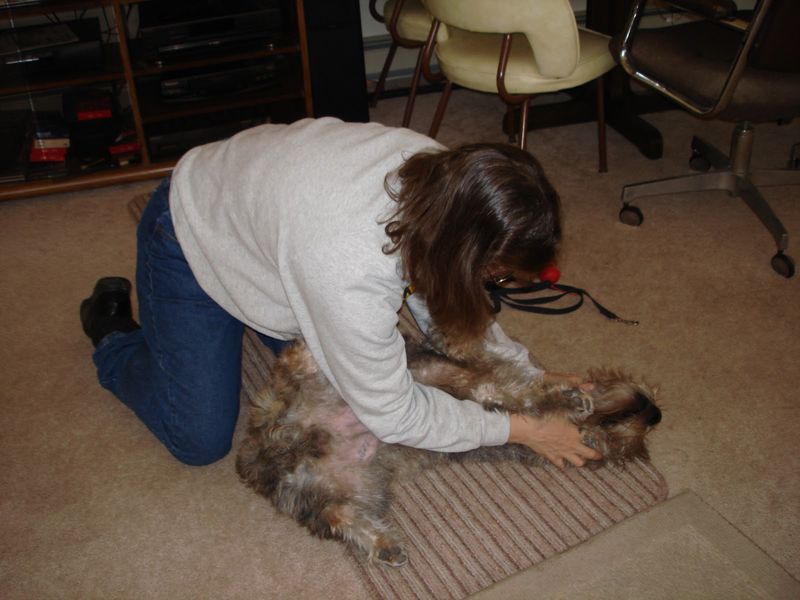
Picture this: a dog forcibly rolled onto its back as a human attempts to establish dominance. This outdated method, known as alpha rolling, often leads to increased aggression or anxiety in dogs. It wrongly assumes that dogs are wired like wolves, needing a pack leader.
In reality, it can damage the trust between dog and owner, making the pet fearful rather than respectful. Many trainers now advocate for positive reinforcement, focusing on rewarding desired behaviors instead. The key is understanding that dogs aren’t trying to dominate their owners but simply need guidance and support.
Yelling at Dogs

Imagine the frustration of being yelled at without understanding why. Yelling at dogs often results in confusion and anxiety rather than compliance. Dogs don’t grasp the nuances of human language, so raised voices can increase stress without conveying the intended message.
Instead, calm communication and consistent training cues are more effective. Positive reinforcement principles encourage desired behaviors, helping dogs associate actions with rewards. The goal is to foster a trusting relationship where the dog feels secure and understood, rather than intimidated. Patience and empathy are key to successful dog training.
Choke Chains

Choke chains promise quick control, but they often exacerbate behavioral issues. These collars tighten around the dog’s neck, causing discomfort or even pain. While intended to correct misbehavior, they can lead to increased anxiety or aggression.
Dogs may associate the pain with whatever they were focused on at the time, creating negative associations. A more humane alternative is the use of harnesses or head collars, which allow gentle guidance without causing harm. Training should prioritize the dog’s comfort and emotional well-being, promoting cooperation rather than fear-based compliance.
Ignoring Positive Behaviors

Consider the patience of a dog sitting calmly, waiting for praise that never comes. Ignoring positive behaviors can weaken the bond between pet and owner. Dogs thrive on attention and reinforcement, and neglecting to acknowledge good behavior may lead them to act out for attention.
Instead, rewarding positive actions with treats, affection, or play encourages repetition. This recognition not only strengthens desired behavior but also reinforces the dog’s confidence and trust in their owner. Consistency in positive reinforcement is crucial for effective training.
Physical Punishment

The notion of ‘spare the rod, spoil the child’ is just as flawed in dog training. Physical punishment can lead to fear and aggression rather than obedience. Dogs subjected to hitting or other forms of physical discipline may become anxious or retaliate defensively.
Empathy and understanding are more effective. Positive reinforcement and redirection of undesired behavior promote a supportive learning environment. Building trust is essential, encouraging dogs to follow commands out of respect rather than fear.
Effective training focuses on rewards and relationships, not punishment.
Electronic Shock Collars

Shock collars are marketed as rapid solutions to behavioral issues, yet they often cause more harm than good. These devices can instill fear, leading to increased stress and aggression. Dogs may become anxious, associating the shock with stimuli in their environment.
Training should prioritize understanding and positive reinforcement, not fear-based tactics. As humane alternatives become more popular, trainers recommend techniques that build trust and encourage voluntary compliance. Dogs thrive in environments where they feel safe and loved rather than threatened by unpredictable consequences.
Isolation Time-Outs

Loneliness can be a harsh teacher. Isolation time-outs, where dogs are left alone as punishment, can exacerbate anxiety and separation issues. Dogs may not understand why they are isolated, leading to confusion and stress rather than behavior correction.
Effective training requires collaboration and mutual understanding, not solitary confinement. Positive reinforcement and redirection encourage better behavior through engagement and support. Building a bond of trust is essential, facilitating a loving and cooperative dynamic.
Overuse of Treats

Treats can be a powerful motivator, but overreliance can lead to unintended consequences. Constantly rewarding with food may result in obesity or dependency, overshadowing the development of intrinsic motivation.
Balancing rewards with affection and situational praise encourages holistic obedience. A varied approach ensures that dogs respond to commands out of understanding and respect, not just for a treat. It’s important to maintain a healthy balance to promote both physical health and well-rounded behavior.
Training should inspire cooperation without excessive reliance on food rewards.
Inconsistent Commands
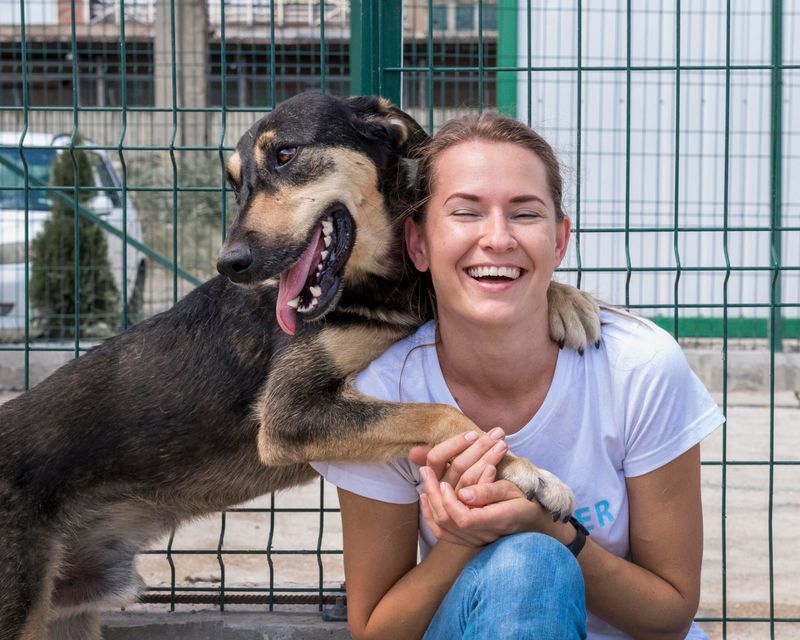
Imagine being given conflicting instructions and feeling lost. Dogs thrive on consistency, and mixed signals can lead to confusion and frustration. Inconsistent commands create uncertainty, making it difficult for dogs to learn and follow expected behaviors.
A unified approach is key. All family members or handlers should agree on specific commands and signals, ensuring clarity and comprehension. Consistency helps reinforce learning, fostering a sense of stability and confidence in the dog.
Punishing Growling

Growling is a dog’s way of communicating discomfort or distress, not a challenge to authority. Punishing this vocalization can suppress a vital warning sign, potentially leading to unexpected aggression.
Respecting growling as a form of expression allows owners to address the root cause of discomfort, whether it’s fear, pain, or anxiety. Understanding and addressing the source of growling can prevent escalation. Training should focus on empathy and communication, recognizing and valuing a dog’s voice in the dialogue.
Over-Socialization
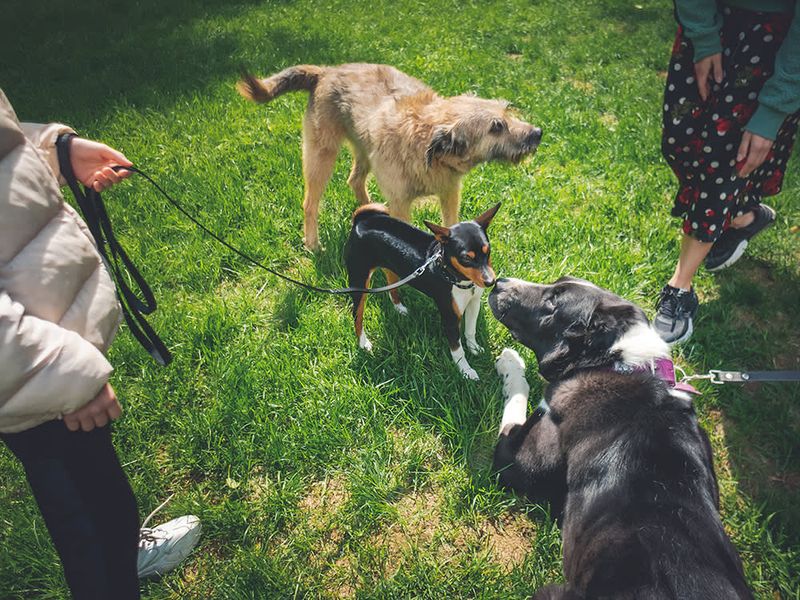
Socialization is crucial, but overexposure can overwhelm dogs, especially those with shy or nervous dispositions. Over-socialization can lead to stress and negative interactions, setting back training progress.
Gradual exposure to new environments and experiences is key to building confidence. A measured approach helps dogs adapt without feeling pressured or anxious. Understanding individual limits ensures that socialization remains a positive, enriching experience rather than a source of fear or discomfort.
Using Leash Jerking

Leash jerking is a common yet counterproductive method for addressing pulling behavior. This abrupt force can cause physical harm, anxiety, and increased resistance.
Positive alternatives include teaching loose leash walking techniques that focus on rewards and gentle guidance. Dogs learn to associate the leash with positive experiences rather than tension and discomfort. Emphasizing patience and clear communication fosters an enjoyable walking experience for both dog and owner.
Overtraining Puppies
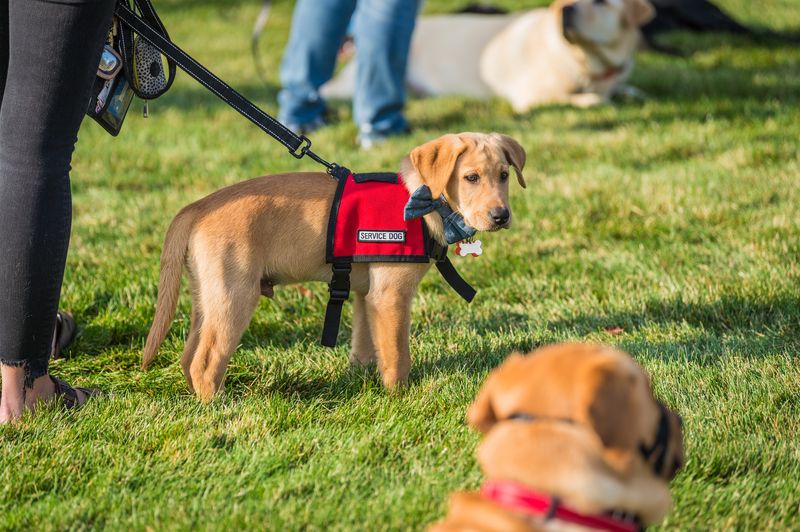
Puppies, with their boundless energy, can be easily overwhelmed by excessive training. Overtraining leads to fatigue and frustration, hindering learning and development. Short, engaging sessions are more effective, keeping young dogs motivated and receptive.
Allowing time for rest and play promotes a balanced routine. Puppies benefit from diverse experiences, encouraging curiosity and adaptability. Training should be a positive introduction to learning, nurturing a lifelong love of discovery.
Ignoring Breed-Specific Needs
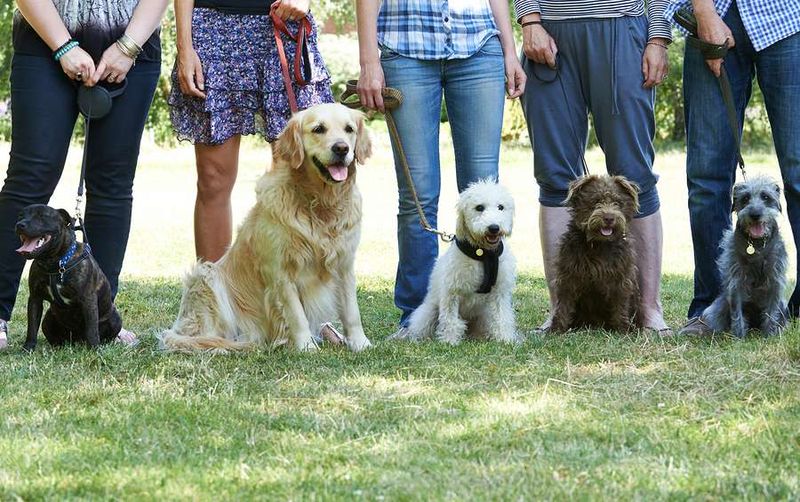
Not all dogs are created equal, and ignoring breed-specific needs can hinder training. Each breed has unique characteristics and requirements, influencing how they respond to training methods.
Researching and understanding a dog’s natural instincts and energy levels allow for tailored training approaches. Providing appropriate mental and physical stimulation ensures dogs remain engaged and content. Recognizing and respecting these differences is vital for successful training outcomes.
Using Food as a Bribe

Food can be a helpful training tool, but using it as a bribe undermines authority. When dogs expect treats for every action, it reduces intrinsic motivation and can lead to compliance solely for rewards.
Training should balance treats with praise and affection, ensuring dogs learn to follow commands out of respect and understanding. A varied approach fosters genuine obedience, nurturing a respectful and harmonious relationship.

